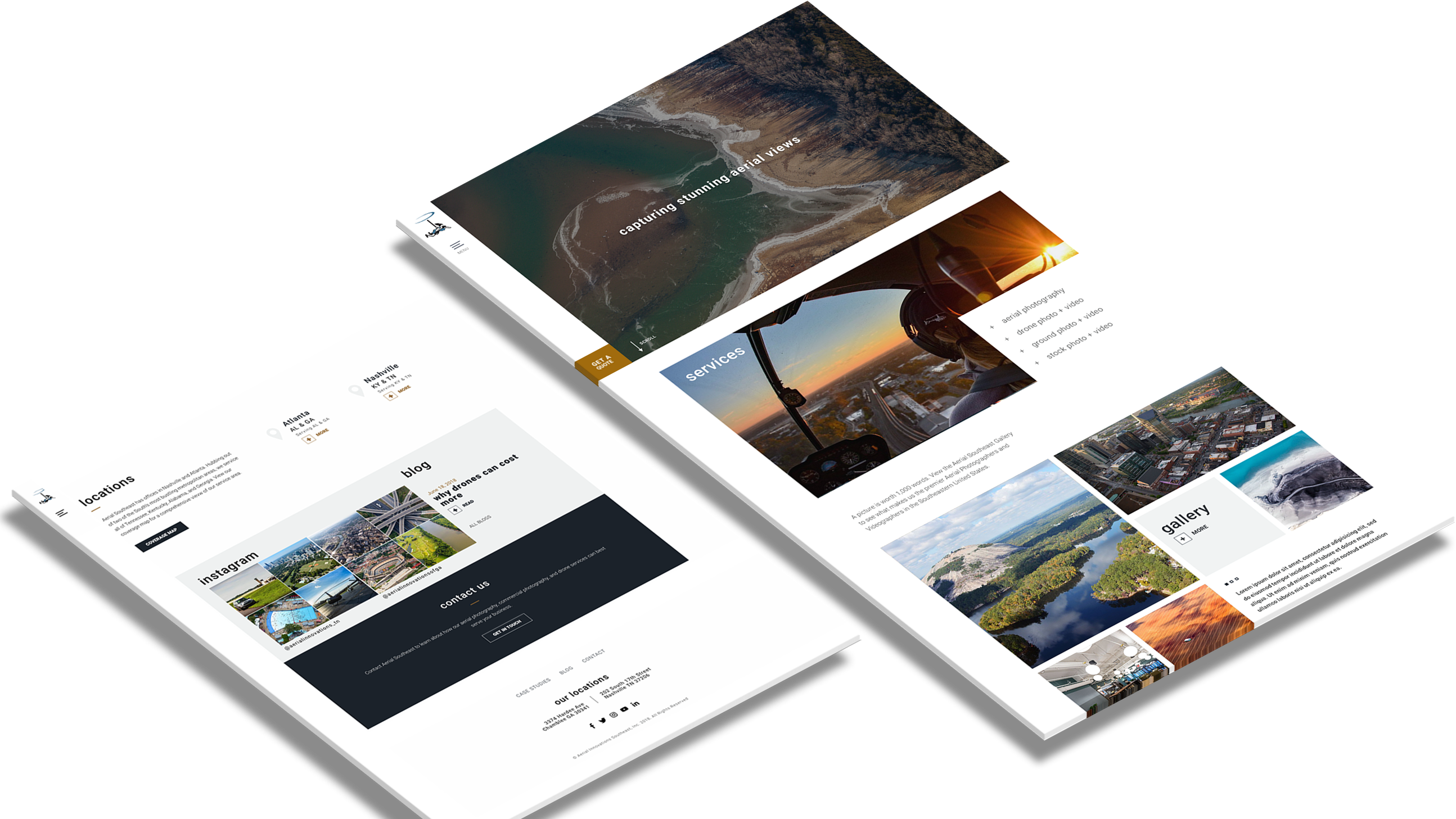I was very fortunate to take a class in college dedicated to preparing students for the interview process. The most important thing I learned: No matter what field you’re entering, how you come across in an interview matters. Sure, your resume, experience, and certifications help, but there’s a reason in-person interviews are usually the final step of the candidate screening process. Follow these steps–all the way from the cover letter to the follow-up email–to make yourself look and sound like the worthy investment you are. (Companies, give them something to invest in!)
- Cover Letter & Resume
- Follow Instructions
- Do Your Research
- Bring Questions
- Sell Yourself
- Examples, Examples, Examples
- Leave Something Behind
- Follow-Up
Before the Interview
Step 1: The Cover Letter & Resume
Please, please, please have someone proofread your cover letter and resume. It really doesn’t matter if you’re applying to be the assistant editor of a magazine or a finance analyst–have one of your grammar-obsessed friends (or someone who knows how to google grammar rules! Anybody with a phone!) proofread both your cover letter and resume for any mistakes. After that, have another friend read it over. Finally, read it over yourself one last time–or have Grammarly do it. Don’t give an employer any reason to toss your resume to the side.
Step 2: Follow All Instructions
Firstly, does the job description say to submit a cover letter? If so, don’t forget to submit a cover letter. If you send your resume by itself because it’s easier, don’t be surprised if you don’t get a response.
Second, does the job description give specific directions on how to apply? Apply that way. If you have a more direct connection, email them as well, but don’t forget to also apply the way the company directed in the description.
Lastly, does the job description suggest you send along examples of your writing or a portfolio of your artwork? If so, send them along. Don’t wait to be asked later on in the process. Give more than enough information about yourself in the application process. Why not?
Step 3: Do Your Research
You might think this goes without saying, but I think this is a step people sometimes either forget or just don’t do well enough. When you’re heading into an in-person interview with a company, it’s more important for you to know about them than it is for them to know anything about you. To begin, you should learn who owns the company, have a good idea of who you’d work under, and, if possible, familiarize yourself with the current staff. Additionally, take notes on past or present clientele before heading into the room. Have a few clients in mind if the opportunity presents itself to talk about the work you’ve seen the company do and how your experience or interests relate.
Step 4: Bring Questions
When you’re finished with your research, it’s time to prepare questions. Don’t skip this step! I suggest having around 9 questions prepared: At least three about the position you’re applying for, three about the company’s history, purpose, or clientele, and three specifically curated for the person interviewing you.
During The Interview
Step 5: Mindset: Sell Yourself
Bottom line: There are probably a lot of other people who could do the job. With that in mind, you have the unprecedented challenge of setting yourself apart from other candidates. From the moment you step into your potential new office to the moment you send out your timely, error-free follow-up email, you’re selling yourself. It may be your last chance to let a company know who are you and what you bring to the table. Bring something unique to the table.
Step 6: Examples, Examples, Examples
How would you sell your old clothes? You’d take multiple photos from multiple angles. You might even add a photo of you wearing the clothes, for reference. You’d sell most things this way. People want examples. In other words, they want proof. In an interview, a company wants examples and proof that will back up what you’ve written about yourself. Go further than being prepared to talk about your experience–show your experience! If possible, print out copies of your work. There is no such thing as too many examples.
Step 7: Leave Something Behind
First, always bring a copy or two of your resume and cover letter. If relevant, print out your writing samples, screenshots of your digital work, case study write-ups describing projects you were a part of, media kits, analytic reports, etc. Leave something behind–like an entire binder of your printed-out online portfolio. Why not?
Post-Interview
Step 8: Follow-Up
Always send an email thanking whoever took time out of their day to interview you. After a morning interview, send the email by the end of the day. An interview in the afternoon constitutes a follow-up email the next morning once you know the office is open.
In an interview, you’re selling yourself–so why wouldn’t you work hard to make sure you’re showcasing the best version of your work and the value you bring as an employee? If you want the job, why wouldn’t you go above and beyond to get it?
-Written by Lily Tillman
